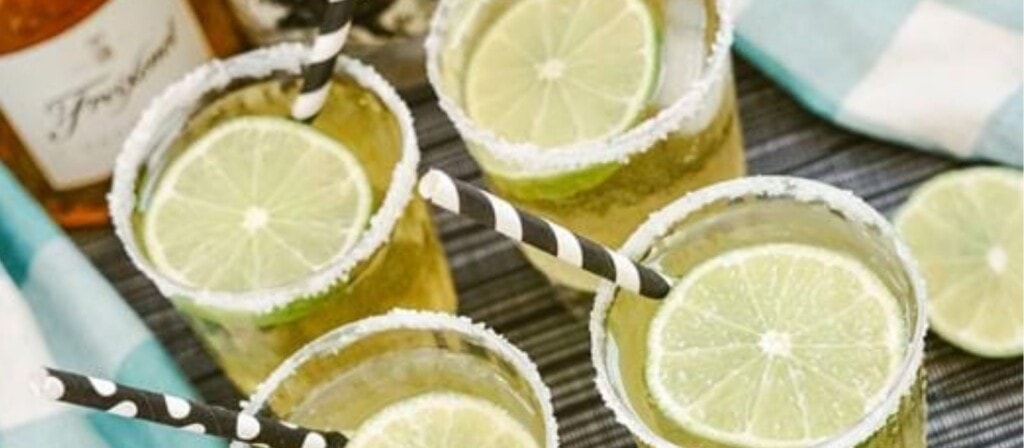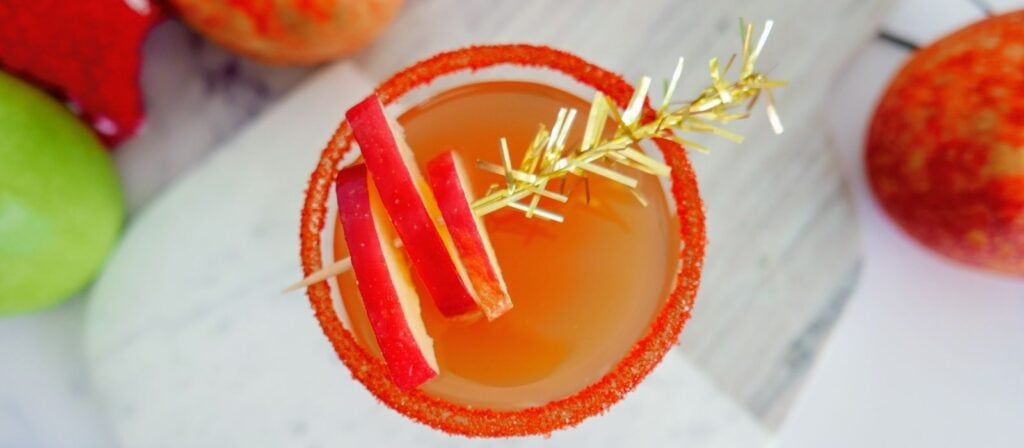Disclosure of Material Connection: Some of the links in the post above are "affiliate links." This means if you click on the link and purchase the item, I will receive an affiliate commission. Regardless, I only recommend products or services I use personally and believe will add value to my readers. I am disclosing this in accordance with the Federal Trade Commission's 16 CFR, Part 255: "Guides Concerning the Use of Endorsements and Testimonials in Advertising."
Okay, so you’ve read our article on the most popular styles of red wine, you’ve gone away and tried them all, you’ve impressed your friends with the knowledge you’ve gained and you’ve no doubt appreciated some styles more than others. So, what now? Thankfully there are literally hundreds of other red wine grape varieties to try and we’ve listed six of them below.
Each red wine grape we’ve highlighted the most popular places where they’re grown, the tastes that you should expect to get from each variety and some tips from www.wine.com on where to start if you’re interested in trying any of them.
#1 Carignan
Carignan used to be a widely planted grape and was particularly popular because it produced vast yields, which meant it was relatively cheap to buy. Carignan’s popularity is actually on the decline which is a shame because it can produce some outstanding wines. There is every possibility that you will have seen a bottle of this style somewhere on a wine shelf and the wines will be good quality, moderately priced and possibly even blended with other grapes to add color. Carignan is widely grown in Southern France (particularly the Languedoc-Roussillon area), Tunisia, Spain (where it’s known as Carinena and Mazuelo) and Chile. It is also grown in the US too where it is known as Carignane with an extra “e”.
Expect to taste notes of red fruits, such as cranberries and raspberry and you may get hints of tobacco. Higher quality Carignan should also have notes of blackcurrant and blackberry too. Carignan wines will generally be acidic, usually high in tannins and body.
You can pair Carignan with spicy food and it also goes well with beef and smoky meats.
Carignan to Try
- Mont Gravet Carignan 2018 – Languedoc-Roussillon $10-13
- Cline Ancient Vines Carignane 2017 – San Francisco $15-18
- Odjfell Orzada Organic Carignan 2018 – Maule Valley Chile $18-22
#2 Carménère
Carménère is one of my favorite grape varieties and it produces some stunning wines. Similar to Malbec, it was originally grown in France but has excelled in the New World. This wine was introduced to Chile around the same time as Cabernet Sauvignon & Merlot and we may even be able to trace its roots back to Roman times! It’s very rare that you will find Carménère in France today and it was even considered extinct until it was discovered growing in abundance in Chile. As it turned out, Chilean growers thought they had been importing Merlot into their vineyards but instead they had been importing Carménère, needless to say that I’m thankful for their error!
You want to be tasting dark fruit flavours such as blackberries and there will also be a peppery spice to the wine. You may even get hints of vanilla too. The wines are generally full bodied, high in tannins and have a high alcohol content.
Given the spicy nature of the wine, it pairs well with spicy food and even roast meats.
Carménère to try:
- Calina Carménère 2018 – Valle Central $10-12
- Tarapaca Gran Reserva 2017 – Maipo Valley $15-20
- Terrunyo Peumo Vineyard Block 27 2017 – Cachapoal Valley $45-50
#3 Gamay
Gamay is almost exclusively grown in France and is the constituent grape found in Beaujolais wine. This praticially grape is prone to producing large yields of cheap wine so to get the best out of the grape, it will be grown in soils that are low in nutrients and contain large amounts of granite.
These Gamay produces light, floral red wines that are low in tannins, low in alcohol and can be fairly acidic. You want to be tasting notes of earth, bramble and some red fruits such as raspberry.
The best pairing of Gamay is with turkey at your Thanksgiving dinner and it can even pair will with salmon, trout and pork.
Gamay to try:
- Duboeuf Beaujolais Village 2017 $10-12
- Maison L’Envoye Morgon Cote De Py 2016 $18-22
- Phillipe Pacalet Moulin-a-vent 2017 $80-90
#4 Monastrell
When it comes to Spanish wines, you might be forgiven for overlooking Monastrell for their more popular cousins Tempranillo or Garnacha. It does deserve some attention, especially if you like your big, bold reds. Generally grown in the Jumilla and Yecla regions in the east of Spain where the hot weather allows the grape to fully ripen and reach its full potential. In France, it is known as Mourvèdre and is grown around the Bandol region in Provence. It makes up the “M” in the red grape blend GSM (Grenache, Syrah, Mourvèdre) and is known by a different name in the US and Australia, Mataró. It makes up the same “M” in the GSM blend (Grenache, Shiraz, Mataró).
You’re going to get blackberries and chocolate in abundance with this wine and there might be hints of tobacco and black pepper spice too. It’s high in tannins, full bodied, high in alcohol and can also age well meaning the older the vintage, the more complex the flavours will be.
To get the very best out of this durable red then pair it with game or barbecued meats.
Monastrell to try:
- Bodegas Castano Monastrell 2014 $9-11
- Genio Espanol Monastrell Roble 2014 $15-20
- Domaine Tempier Bandol Rouge 2017 $55-60
#5 Pinotage
Another of my all-time favorite grapes! I would describe Pinotage as a powerhouse and a cross between Pinot Noir and Cinsault and is almost exclusively found in South Africa where it is made in a range of styles in Paarl and Stellenbosch. Interestingly, it tastes very little like its two cousins and is growing in popularity outside of South Africa.
You can expect to taste notes of black cherry, blackberry and raspberry which will often be accompanied by notes of leather. Most Pinotage’s I’ve tasted have had strong notes of coffee bean on the nose and palate which is a favorite flavor of mine but can make it difficult to identify the other flavors. Pinotage is almost, always full bodied, has high alcohol content and is very tannic meaning that it can age well.
You want to be pairing this powerhouse with big flavoured foods such as barbecued dishes and Korean cuisine.
Pinotage to try:
- Riebeek Cellars Pinotage 2017 $15-18
- Southern Right Pinotage 2018 $28-32
- Kanonkop Pinotage 2017 – Stellenbosch $45-50
#6 Tannat
Another powerhouse wine that’s high in tannin and full bodied (there’s a theme developing here isn’t there!). Tannat has the highest concentration of antioxidants so it typifies the red wines we’ve explored elsewhere on our website. Largely grown in southwest France and has also become the number one grape variety in Uruguay where winemakers have been able to soften its tannins and coax out its dark fruit flavors. You can even find some outstanding examples from California too!
Expect notes of Blackcurrant, plums and liquorice on the palate and it’ll likely be smoky on the nose. Tannin content is through the roof and it’s usually high in alcohol which means it can be a bit of an acquired taste. Because of the tannins it can age very well so why not buy a bottle, keep it for up to 25 years and then drink it to get the best out of those black fruit flavours?!
You want to be pairing Tannat with barbecued meats such as beef & lamb and any fatty dishes.
Tannat to try:
- Marichal Uruguay Tannat 2018 $12-15
- Cambiata Winery Tannat 2014 – California $30-35
- Marichal Grand Reserve “A” Tannat 2015 $65-70
Thanks for checking out our list of six red wine grapes that you may never have heard of but should definitely try. If I was to choose my favorite grape of the six, I would say Pinotage with Carménère coming a close second. I’m definitely going to go out and try some more Monastrell too because I’d forgotten how good it could be.
Remember to always drink in moderation and we’d love to hear your view on some of the grape varieties above. Got any suggestions of other grapes we should try? Be sure to mention them in the comments too.







